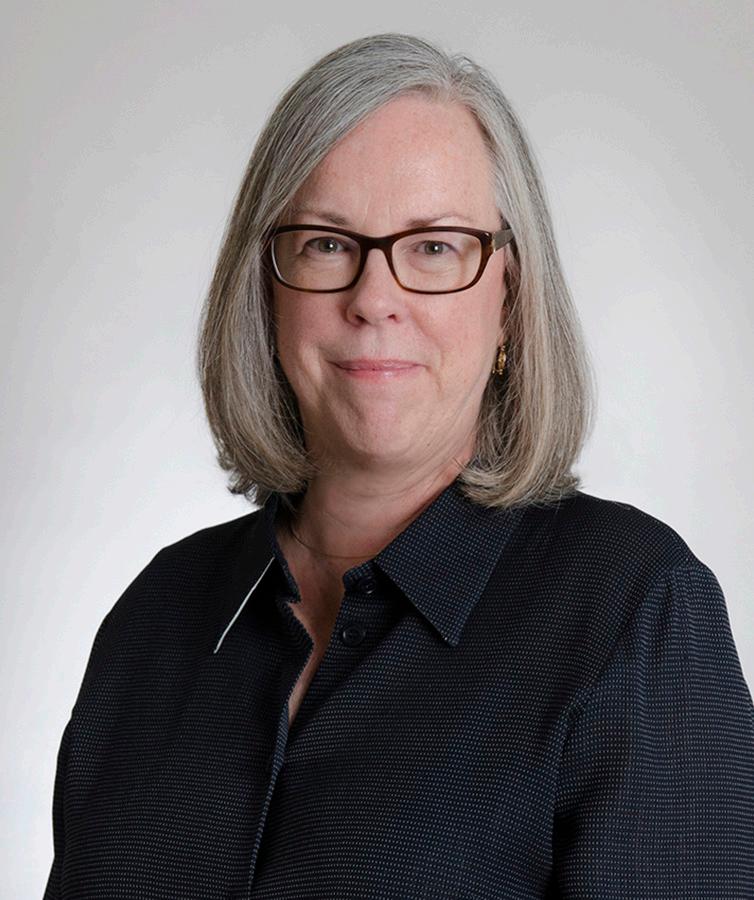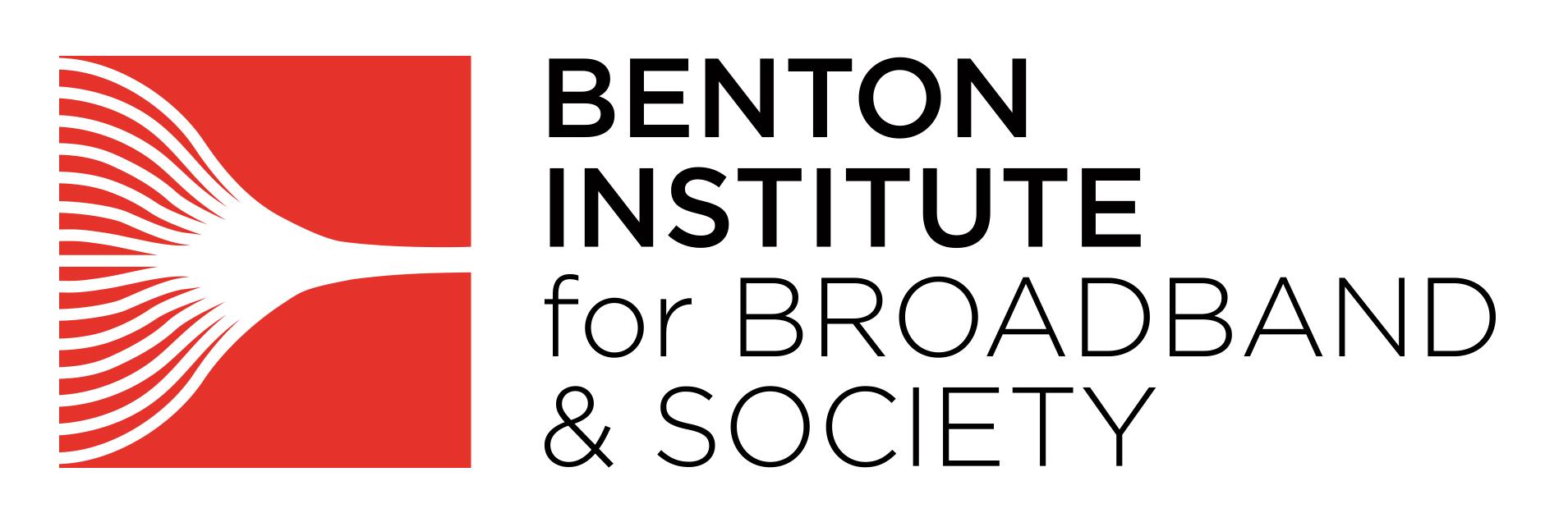
5 minute read
The Infrastructure of Opportunity
The Infrastructure of Opportunity
By Betsy Osman
Advertisement
High-speed, affordable broadband is the infrastructure of opportunity.” So says Benton Institute for Broadband & Society, an organization dedicated to bringing open, affordable, high-performance broadband to all people in the U.S. to deliver opportunities and strengthen communities.
Benton believes that communications policy—rooted in the values of access, equity, and diversity—has the power to deliver new opportunities and strengthen communities. To that end, Benton provides the only free, reliable, and non-partisan daily digest that curates and distributes news related to universal broadband.
"We humanize communications policy and help people understand its impact on their everyday lives,” says Adrianne Furniss, Executive Director.
“We believe we need to build resilient, high-speed broadband infrastructure that reach - es everywhere in the U.S. (Access); to connect everyone to affordable internet service and equip people with the devices and the skills they need to use these connections (Adoption); and to ensure broadband uses serve opportunity and equity for all (Application).”
Adds Furniss, “We accomplish our goals by making sure people have the timely information, rigorous evidence, and practical guidance they need to implement a ‘broadband for all’ agenda.”
According to a 2019 United Soybean Board Survey, nearly 60 percent of U.S. farmers and ranchers do not believe they have adequate internet connectivity to run their business. And despite widespread dissatisfaction with the speed, cost, or reliability of their current service, 78 percent of farmers do not have another viable option to change service providers. Broadband access is central to sustainability because connected technologies allow farmers to measure their inputs and outputs, creating opportunities for smarter, more sustainable resource management.
“Farmers need connectivity in the farmhouse and farm office, in the field, and in their communities to be able to continuously adapt their operations to meet the world’s rising food demand and stay competitive in an increasingly globalized economy,” says Furniss.
What Benton set out to accomplish goes far beyond policy, even societal reform. And they are doing it by including everyone; their list of potential collaborators knows no end.
“It truly takes work from all sectors of society to make ubiquitous broadband a reality. Policymakers at all levels of government, broadband service providers, non-profits, academics, community leaders, (including a representative from libraries, schools, and healthcare institutions), economic development folks, farm bureaus and agricultural associations, businesses, and residents are all important contributors to local broadband efforts,” says Furniss. “With billions of federal dollars flowing through states to achieve universal broadband and digital equity, local leaders and their communities want to make sure they receive their fair share of available dollars. Benton believes that community engagement and broadband planning work—that educates and supports local leadership teams—helps communities create a broadband vision and goals and allows them to pursue the best possible broadband solutions for their area. This work is not possible without collaboration.”
Benton underwrites policy and legal experts who work to articulate and advance a public interest-focused broadband agenda and communicate why “broadband for all” matters. The organization curates and distributes broadband research and analysis to policymakers, public interest advocates, and philanthropy while identifying best practices and strategies as state and local leaders find innovative and creative ways to advance their broadband goals.

Adrianne Furniss, Benton Institute for Broadband & Society, Executive Director

If you visit the Benton website, you’ll find a page dedicated to “Digital Divide Diaries,” or editorials meant to humanize and shed light on the experiences of those grappling with digital inequity. It is here where real life stories are shared, moving audiences from seeing dollar signs to human faces.
In 2021, Benton partnered with the United Soybean Board (USB) to understand and explain what kind of broadband connections farmers and ranchers need to operate effectively and sustainably in the coming years. Building on rural broadband research in USB’s Rural Broadband and the American Farmer, the Benton Institute published The Future of American Farming: Broadband Solutions for the Farm Office, Field, and Community to identify diverse solutions to support the deployment of the kind of broadband that agriculture and rural communities require. To bolster the effort, Benton convened agricultural leaders and broadband practitioners to discuss the best ways to create, and build awareness for, a rural broadband agenda among key agricultural leaders.
Enter the Illinois Soybean Association.
“Not only does ISA have relationships with 43,000 farmers in Illinois, but, importantly, Todd Main [ISA Director of Market Development] alerted the Benton Institute of critical research tools being developed by a team of professors at Illinois State University (ISU). Rural communities need to expand their measures of success: ISU models demonstrate the impact of robust broadband on current crop production which can help farmers and farming communities justify broadband investments and plan and leverage infrastructure to deploy precision agriculture tools,” says Furniss.
“Our hope is to leverage ISA’s network of farming relationships and the Benton Institute’s proven community engagement and broadband planning approach and take Broadband Breakthrough to additional Illinois counties where farmers and farm businesses are such vital drivers of state and local economic growth.”
Learn more about the Benton Institute for Broadband & Society at www.benton.org.









